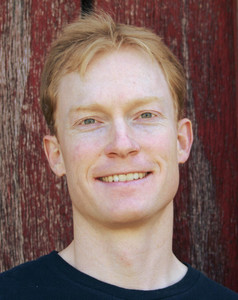Questions for Concepts and Themes of Design
2014-04-24 00:00:00Back, by popular request - more study questions! This set is for chapter two - concepts and themes in design. Once again I have two kinds of questions - short answer and discussion.
Short answer questions
-
How do nutrients and energy move in natural systems?
-
Stable natural systems have no waste. What would happen in a natural system that did produce waste?
-
What are the fastest natural soil-building systems we know about?
-
Give a quick definition of diversity as it applies to natural systems.
-
What are the categories of natural resources (with respect to how they respond when we use them)? What's the significance of this for design?
-
What does Bill Mollison mean when he says "everything gardens?"
-
How can yield of a system be unlimited without running into trouble with the second law of thermodynamics (e.g. there's no free energy lunch)?
Discussion Questions
-
Implementing a permaculture design has two main phases: establishment, and maintenance. During the establishment phase, we're typically taking a degraded or non-productive system and transforming it into a new system according to our goals. The maintenance phase is everything after the system reaches "stability." The establishment phase is interesting, because we have a non-functional system in which almost all products are "waste." Discuss how we use this to our advantage to drive the system toward a new stable state.
-
Ecosystem diversity can be split into two categories: functional diversity and response diversity. Functional diversity is variation in the roles elements play in the system (e.g. nitrogen fixers, decomposers), and response diversity is variation in the strategies those elements use to cope with disturbances (e.g. seed stratification, stump sprouts, germination by fire). These two kinds of diversity have an extremely important and complex interplay when it comes to designing resilient systems - discuss how you might consider this when designing for the long term.
-
Continuing the line of functional/response diversity thinking - If we design a system to be well-balanced, how would you expect the two kinds of diversity to evolve over time as the system matures and optimizes itself? Does diversity naturally increase or decrease, and why? It might help to think of the succession process - starting from bare field, to an explosion of pioneer species, then shrubs, trees, and finally old-growth forest with deep interior shade.
